Steelhead Poster
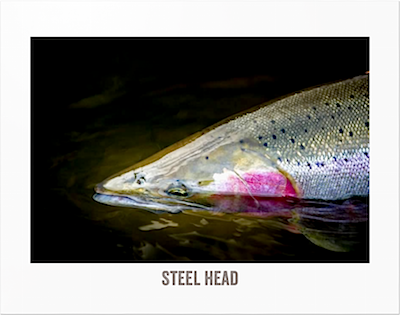

Premium Poster Print of STEELHEAD. Poster measures 22" x 28" on a matte finish. High quality printing provides optimized brightness and sharp detail. Made in USA.
Please allow for three to five business days for order to be processed. You will be notified by e-mail once the poster has been packaged and shipped to the address in the order.
Fly Fishing on the Feather River Low Flow Section
The Lower Feather River runs 50 miles from rural Lake Oroville and boasts the largest steelhead run in California's Central Valley. The main fly fishing occurs in the first 15 miles or so from Lake Oroville to the town of Gridley.
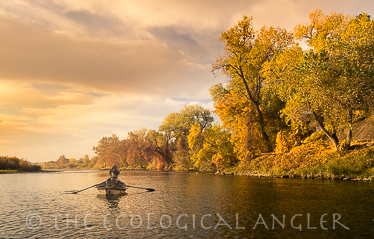
The 5-mile section between the dam and the outlet is known as the "low flow section" because water is often diverted through the Thermalito complex, leaving this upper section with lower flows. The low flow section has several good riffle sections, separated by long slow sections of frog water. The vast majority of the low flow section can be walk/waded from the highway 70 bridge in Oroville and along the Oroville Wildlife Area.
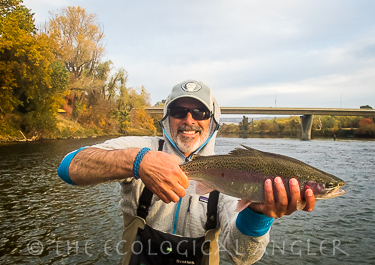
The October to December timeframe offer steelhead in the 3 to 6 pound range, while smaller half-pounders (12-14 inches) come around March to April timeframe.
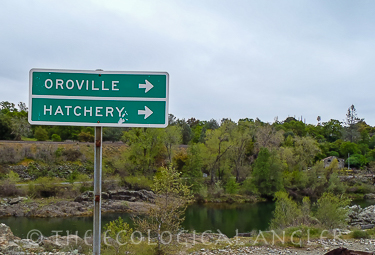
Oroville Dam and Feather River Hatchery
The massive Oroville Dam blocks the spawning migrations of Chinook salmon and steelhead trout in the Feather River. To compensate for the vast habitat lost to these fish, the DWR and the California Department of Fish and Wildlife built the Feather River Fish Hatchery in 1967. The Fish Barrier Dam diverts migrating salmon and trout before they reach the base of the impassable Thermalito Diversion Dam and forces them to swim up a fish ladder to the hatchery. The hatchery produces a whopping 10 million salmon smolt, along with 450,000 trout smolt, each year. The salmon smolt are released in two runs, with 20% for the spring run and 80% for the fall run.
The big question - Is the hatchery raised salmon stock out-competing the remaining wild salmon in the Feather River?
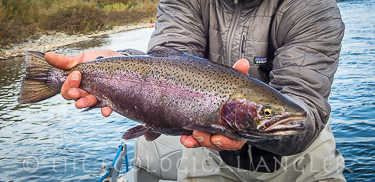
Low to Extremely High Flow
The rainy season of 2016–2017 was Northern California's wettest winter in over 100 years. Heavy rainfall resulted in record inflows from the Feather River, and the spillway was opened in January to relieve pressure on Oroville Dam. After a second series of heavy storms in February, the spillway flow was increased to 50,000 cubic feet per second (1,400 m3/s), and on February 7 DWR employees noticed an unusual flow pattern. This halted spillway outflow, and DWR brought engineers onto the spillway to inspect its integrity. The engineers found a large area of concrete and foundation erosion. This erosion feature was too massive to repair without diverting water to the emergency spillway and halting outflow along the main spillway for a period of time to fix the hole.
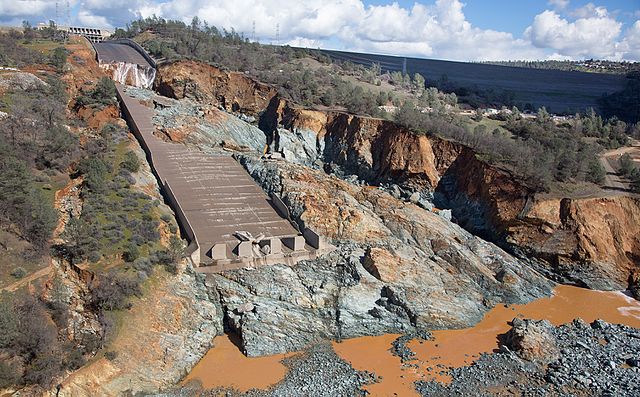
High inflows to Lake Oroville forced dam operators to continue using the damaged spillway, causing additional damage. The spillway hole continued to grow.[40] Debris from the crater in the main spillway were carried downstream, and caused damage to the Feather River Fish Hatchery due to high turbidity. Hatchery workers began evacuating fish and eggs from the hatchery in an attempt to mitigate the damage and evacuated over nine million fish downstream to a satellite hatchery adjacent to Thermalito Afterbay.
